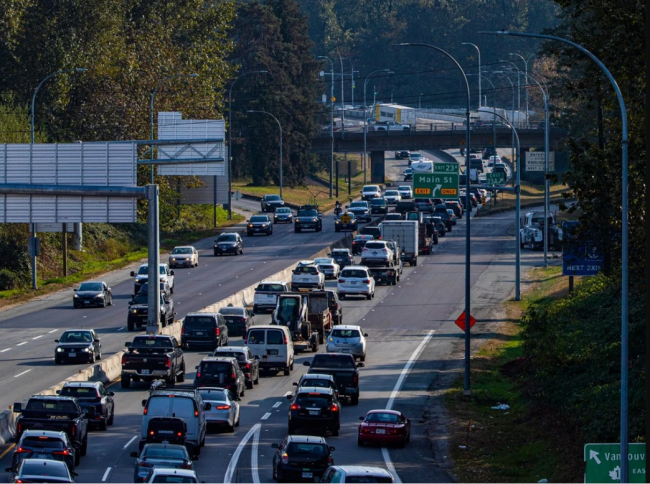Articles Menu

Feb. 8, 2023
The needle has barely moved on greenhouse-gas reductions in Metro Vancouver, according to an annual report that tracks the region’s carbon emissions, employment growth and efforts to create compact urban centres.
Metro Vancouver has a target of reducing emissions in the region by 45 per cent by 2030 and zero by 2050.
“There’s definitely a gap right now. And we’re going to have to be more aggressive in our policies,” said Lisa Dominato, chairwoman of Metro Vancouver’s climate action committee and a Vancouver city councillor.
She said the two biggest areas of focus for Metro Vancouver are road transportation and buildings, as they represent 65 per cent of emissions. Both areas require the co-operation of municipalities that control land-use policy and spending on infrastructure. Metro Vancouver, with a population of 2.64 million, stretches from Vancouver to Langley and includes the North Shore, Richmond, Surrey and the Tsawwassen First Nation.
The Metro Vancouver board is also examining other areas to push emissions down such as industry, where it could play a role in setting GHG limits in permits as it has the authority from the province for air quality in the region, noted Dominato.
[Top photo: Metro Vancouver road transportation and buildings account for 65 per cent of emissions. PHOTO BY FRANCIS GEORGIAN /PNG]